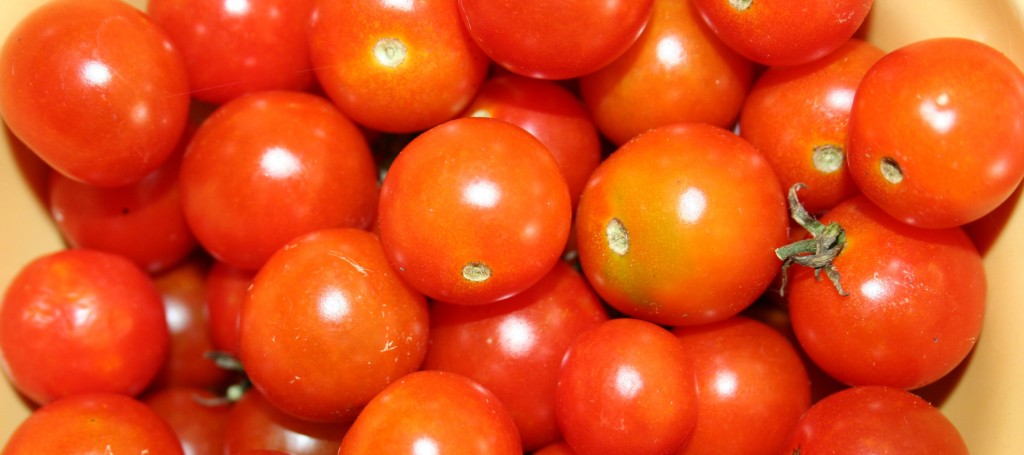

by Jeanne


[…] think I shared with you how my homegrown lettuce this year includes some heirloom varieties. An heirloom variety is one in which the seeds have been passed down for generations. They are […]

Are you looking for Christmas gifts for gardeners? This is your holiday gift guide to find the perfect present for that special gardener in your life! I have a lot of experience shopping for Christmas gifts for gardeners, that’s for sure. My dad was an avid gardener, and I delighted in buying him gifts from…

Have you ever wanted to start a vegetable garden, but felt completely lost about what to grow? Here at Home Garden Joy, I specialize in making gardening fun and easy for beginners. Sometimes, the gardening information available is scary. It reads like a cross between chemistry class and a foreign language. Well, I’m here to…

When you improve garden soil, you improve the health of your plants. And, you improve the nutrient quality and quantity of fruits, vegetables, and herbs. There’s an old saying in gardening: The better the soil, the healthier the plants. And the healthier the vegetables, fruits, and herbs you grow in your home garden, the healthier…

Whether you’re new to backyard gardening or just bought your first home and have always longed for the day when you can plant an organic vegetable garden, these tips for starting a backyard garden offer newcomers to the world of gardening useful information to help you be successful. Vegetable gardening doesn’t need to be expensive,…

Oh how I long for the tomatoes of my youth. Such flavor. I buy heirlooms when I see them in the market.
I am familiar with Heirloom tomatoes and I 100% agree with what you said about the grocery tomatoes we mostly get foisted on us. Having been alive in a time when tomatoes really tasted good and had access to them subsequently at some farmers markets, I miss them.
I didn’t know Heirloom could be applied to other fruits, vegetables and flowers.
Hi all! Yes, Jo, they’re now using the term heirloom for older varieties of flowers too, and I’ve recently seen the term applied to livestock. I’m more familiar with the term “heritage” livestock breeds when referencing older breeds.
Denise, thanks for leaving a comment!
Your post reminded me of an incident back in the day. A fellow-journalist was still single and she bought a bunch of tomatoes from a retailer that really emphasises the quality of their foods. The tomatoes were fresh, pretty… My colleague kept meaning to use the tomatoes in something but she was so busy she’d end up just buying something on the run. You know: the joy of a single life where you’re just chasing career advancement. THREE weeks later, she wanted a salad and remembered the tomatoes. The scary thing is they looked as fresh as when she first bought them. Fresh, pink, no blemishes, no sign that they were going off. In the middle of summer. She threw them in the bin. We laughed so hard when she told the story, wanting to know: what in heaven’s name did they breed into those tomatoes?